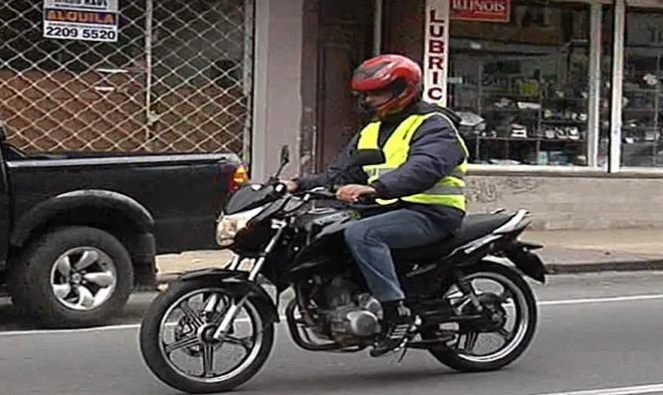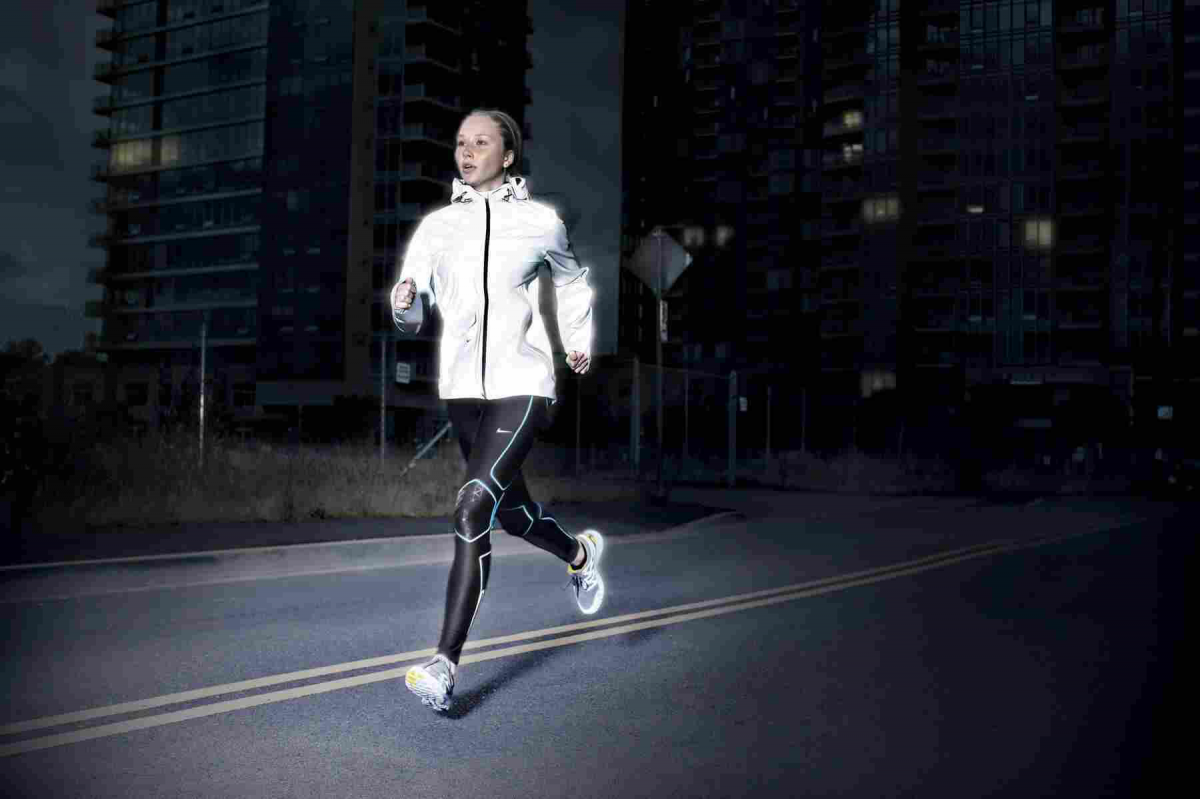Surely you know that when you buy a car, you have not quite won yet. To drive safely and be prepared for any problems you may encounter, you also need a few other things, whether in the car itself or home in the garage. What accessories are they and how much will they cost you?
Storage, maintenance, and safe and comfortable driving
We could divide the needs of drivers into several groups. The first of these are the ones that are important for your safe and trouble-free driving. This mainly includes mandatory equipment, like a spare wheel, a set for its replacement, a warning triangle, a first aid kit, and a reflective vest with reflective tape.
If any of these items are missing from your car, you should purchase them immediately. Not only would you not have everything you need to secure your car and possibly injured people in the event of an accident, but you would be fined for a police check.
As for the mentioned vest, it is definitely worth having at least two pieces in the car, one for the driver and the other for the passenger. It can be assumed that when you need an emergency stop, it will not wait for you all the time in the car. As you can see in the table below, where we compare the prices of various car accessories, it will cost you a few crowns, whether you buy it in action or not.
In addition to the basic needs included in the mandatory equipment, it also pays to carry a tow rope. All you have to do is forget to turn off the lights or just close the door incorrectly and the battery will be completely discharged in a few hours. How do you start then? Probably hard on their own, so someone will have to stretch you to get your engine off. And without a tow rope, it would be really hard for you. Again, this is not an expensive affair that can pull you out of a real mess.
If your battery does not have time to charge on the way home or runs out overnight when you park in the garage or front of the house, you will also need a car battery charger. Of course, you don’t have to take it with you, just store it somewhere in a closet at home, and when needed, just remove the car battery and let it charge at home. Here, it is worth watching the event, as the table above shows, you can save several hundred thanks to them.
You can then use them, for example, to ensure comfort in the car as well. This brings us to the second group of car equipment, which are things that make driving more enjoyable. It can be, for example, the mentioned phone stand, with which you will be able to use the navigation or play music much better. If you suffer from cleaning, you can’t do without a hand-held vacuum cleaner in the car, with which you can vacuum all the crumbs in a few seconds.
The last group of things worth thinking about is the ones that make it easier for you to store all the things you need as a car owner but don’t use them all the time. By this, we mean not only the case where you store the washer fluid, the rest of the engine oil, the preparations for the treatment of the dashboard, or the broom and scraper for ice and snow. But also a tire stand – winter or summer tires still need their place, while they wait half a year for you to put them on again.
Don’t forget your pets either!
If you have a pet and you are carrying it in your car, you have to think of a few other things. In this case, you will also need a seat belt for your four-legged friend and also a blanket to protect your upholstery. The best are special animal blankets, which have a waterproof layer on the underside – this is exactly what Kaufland offers a leaflet for a special price, along with other handy things for dogs and cats.


